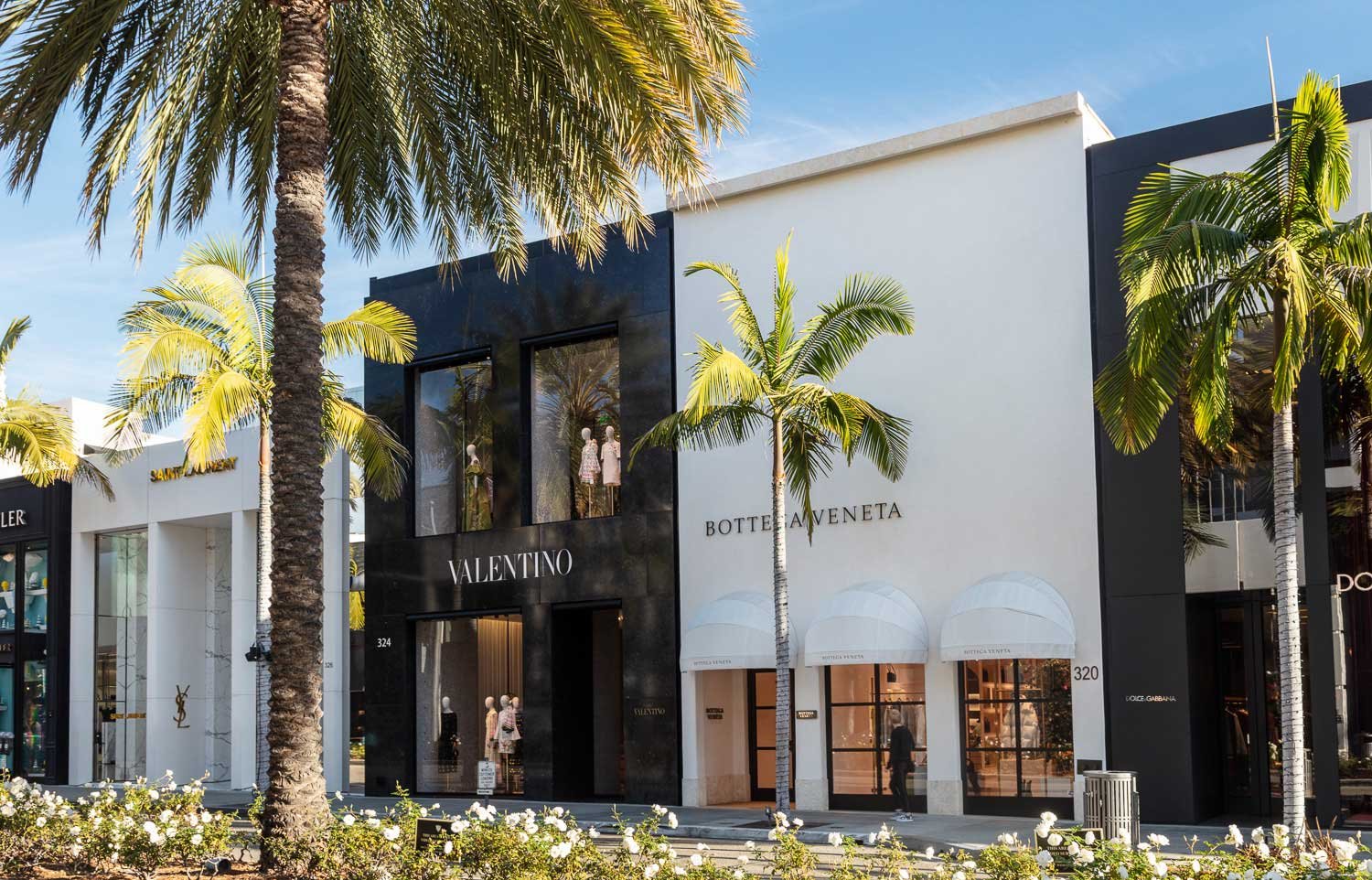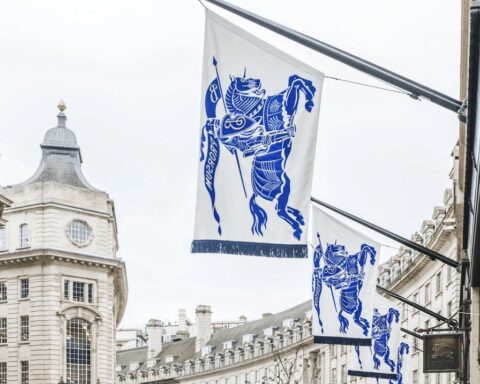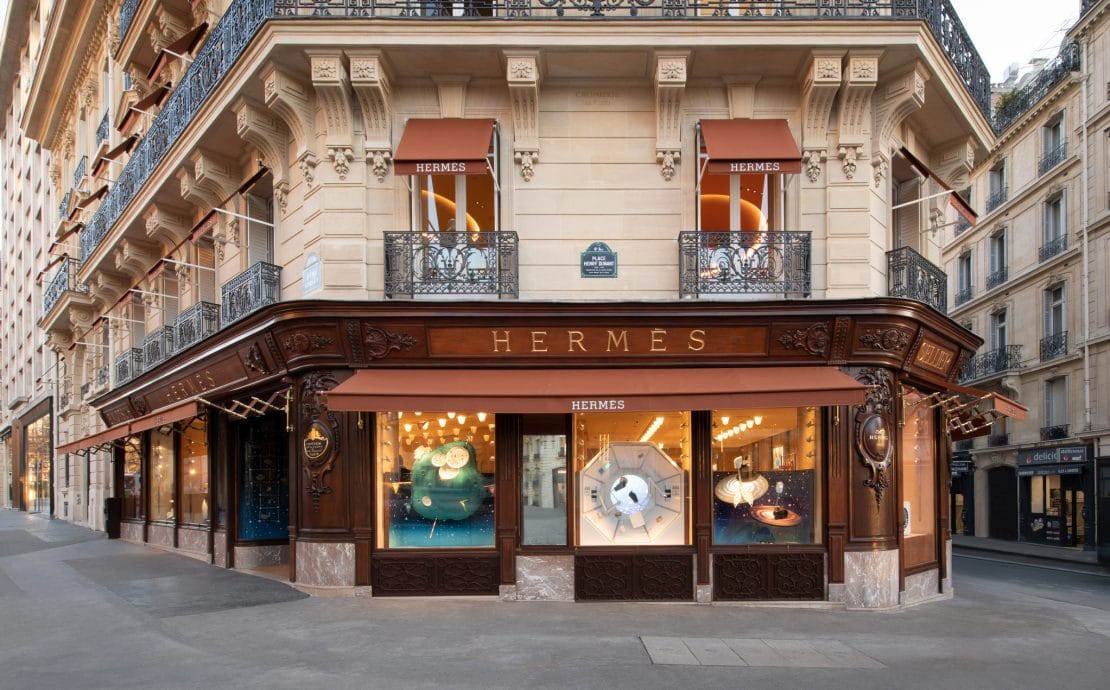According to three credit card companies, Americans have cut back on spending on luxury purchases, from clothing to accessories.
This month, Citigroup, Mastercard and Bank of America unveiled data all attesting to a decline in spending on luxury goods in the United States. Separate estimates from the three companies show that Americans all reduced spending on these items by 2 to 4 percent in August and 5 to 6 percent in September, compared to 2021.
While product sales are still doing very well in their niche, compared to mid-range and premium brands, the luxury sector has reason to wonder about the future.
Jean-Jacques Guiony, CFO of LVMH, said last week, however, that the company has so far seen no signs that shoppers are pulling back, even on entry-level purchases.
Less spending among middle-income Americans
The reduction in such spending was greatest among middle-income Americans (between $50,000 and $125,000 a year) and those with annual incomes below $50,000, according to a Bank of America study.
Mario Ortelli of mergers and acquisitions consultancy Ortelli & Co. says that in the U.S., high-priced brands such as Hermès and Dior are probably more immune to a downturn than affordable luxury brands such as Michael Kors.
Mastercard’s “SpendingPulse” report, meanwhile, shows that luxury goods purchases, excluding jewelry, fell 5.2 percent in September, year-over-year, while spending on restaurants and travel was up.
The price factor is also influencing, in light of the increases seen at Chanel or Louis Vuitton for some of their bags. This increase can be a deterrent, or delay the purchase.
Brands at the lower end of the luxury scale are also looking to move upmarket and increase their prices. According to Ortelli, “In a market like America where people buy a lot of things, consumers are becoming more demanding and buying less in quantity but better quality.”
Read also > Gucci now accepts crypto-currency in some of its US shops
Featured photo : © Rodeo Drive











